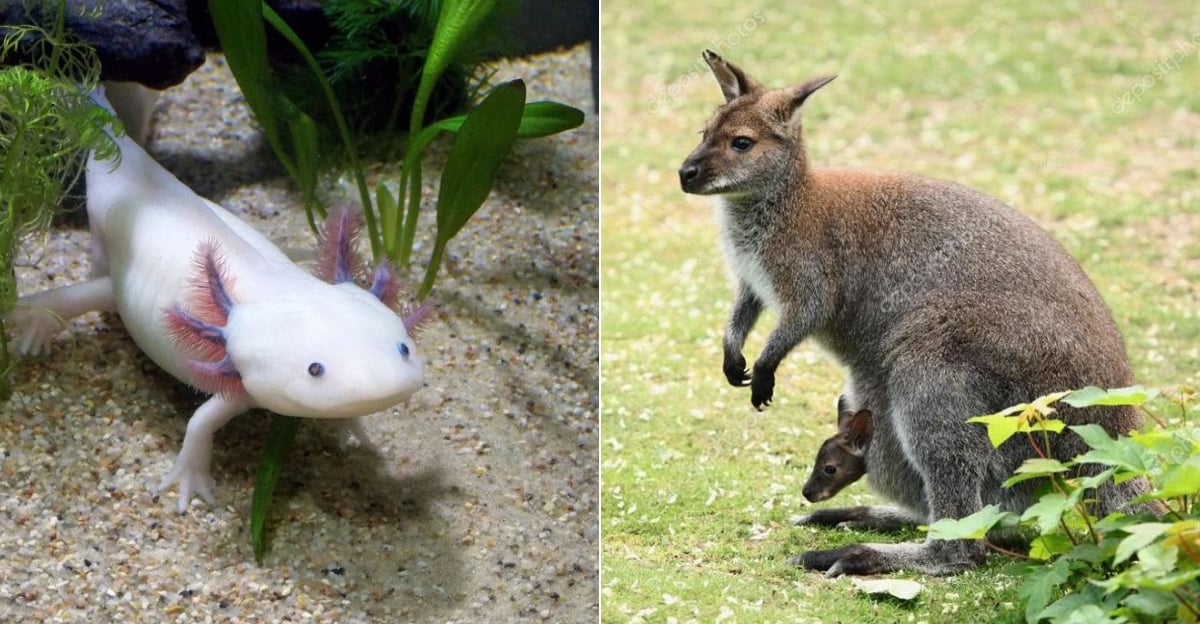Looking for a pet that stands out from the crowd? New York State can be a home to a variety of unique and exotic pets that are legal to own, provided you follow the necessary guidelines and obtain the proper permits.
Whether you’re looking for a quirky companion like a fennec fox or a more unusual pet like a capybara, there are plenty of exciting options for pet lovers in the Empire State.
In this article, we’ll explore seven fascinating and unconventional pets that you can keep in New York, along with essential tips on how to care for them and ensure they thrive in their new home.
1. Hedgehogs
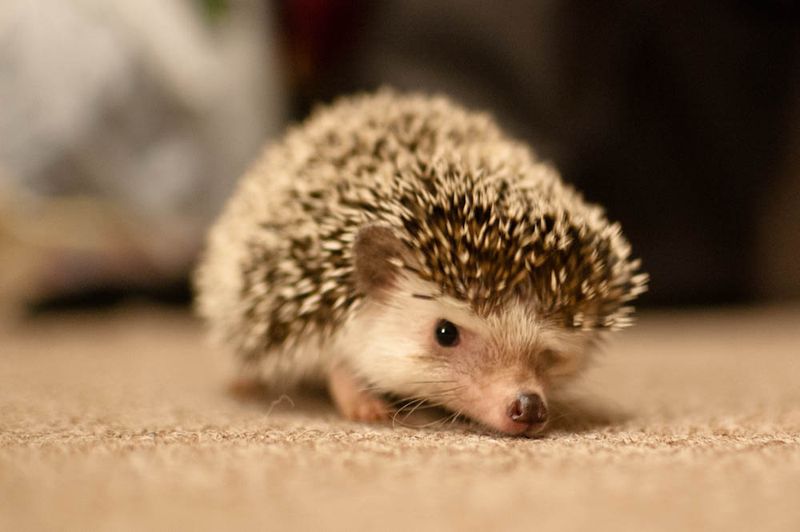
These spiky little balls of personality are legal in New York as of 2018! Despite their porcupine-like appearance, hedgehogs are actually quite gentle when handled properly. They’re primarily nocturnal, so expect your prickly pal to be most active when you’re winding down for the night.
Daily care includes a diet of high-quality cat food supplemented with insects, fresh vegetables, and specialized hedgehog food. Their enclosure should be at least 4 square feet with proper bedding, hiding spots, and an exercise wheel.
Hedgehogs need their environment kept between 72-80°F to prevent hibernation attempts, which can be dangerous in captivity. Weekly baths and nail trims will keep your hedgehog healthy and happy.
2. Coatis (Coatimundis)
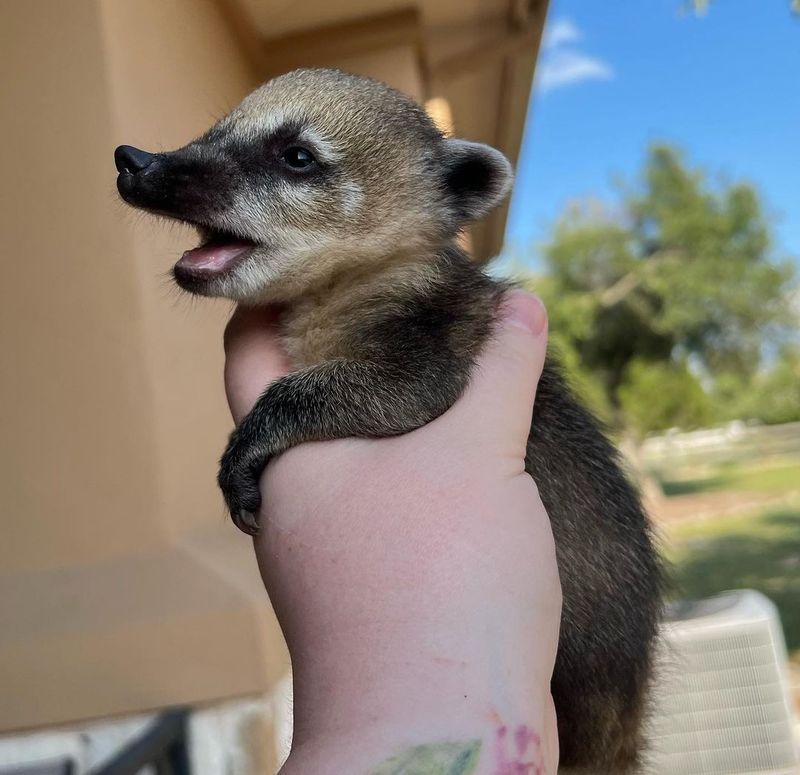
Imagine a raccoon with an elongated snout and a ringed tail that stands straight up like an antenna—that’s a coati for you! These intelligent creatures from Central and South America are legal in New York with proper permits and bring endless entertainment with their inquisitive nature.
Coatis require substantial space, a minimum outdoor enclosure of 10x10x8 feet with climbing structures, as they’re naturally arboreal. Their omnivorous diet includes fruits, vegetables, eggs, insects, and small amounts of cooked lean meat.
Social by nature, coatis thrive with companionship, either another coati or significant human interaction. Be prepared for their mischievous streak; they’ll investigate everything with their flexible snouts and dexterous paws, so childproof your home accordingly!
3. Capybaras
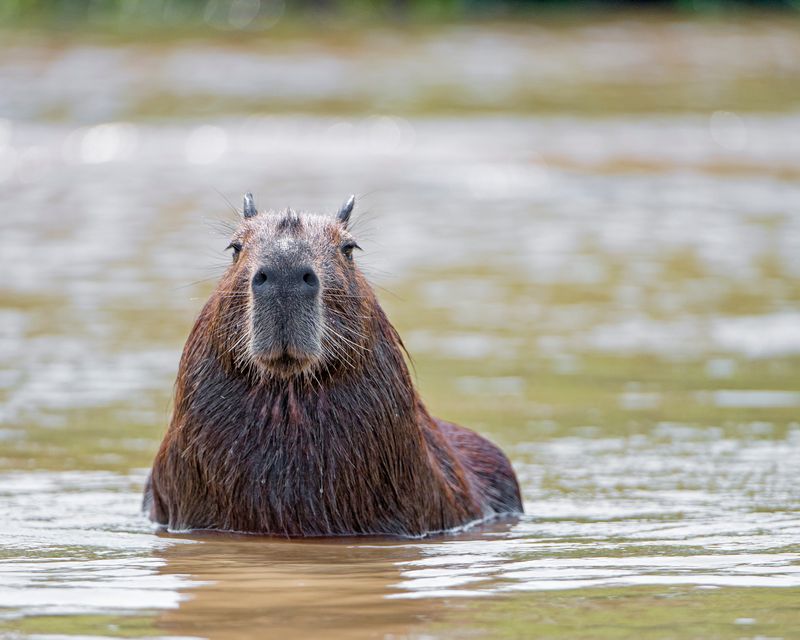
The world’s largest rodents make surprisingly affectionate companions! These South American natives (essentially guinea pigs supersized to 100+ pounds) are docile, intelligent, and form strong bonds with their human families.
Capybaras possess a quirky habit of “tooth purring” when content, similar to a cat’s purr. Housing requirements are substantial: access to both land and water is non-negotiable, as these semi-aquatic creatures need daily swimming opportunities. Their enclosure should span at least 20×20 feet with a pool at least 3 feet deep.
Diet consists primarily of grasses, hay, and vegetables, with their digestive systems requiring constant grazing. Socialization is essential because capybaras are herd animals that experience stress when kept alone, so consider adopting a pair if possible.
4. Fennec Fox
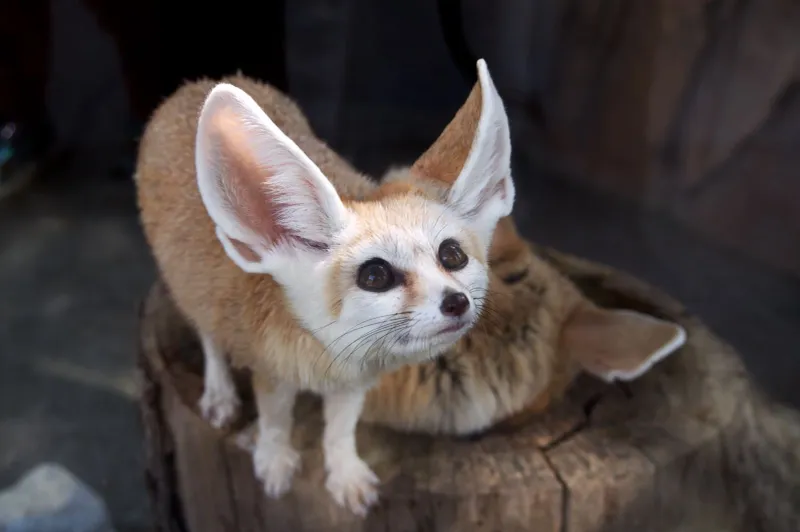
Fennec foxes use their distinctive 6-inch ears to radiate body heat in their native Sahara Desert habitat. Standing just 8 inches tall and weighing 2-3 pounds, these miniature foxes pack boundless energy into tiny packages.
Caring for fennecs means accommodating their nocturnal nature and high activity levels. Their enclosure should be escape-proof (they’re excellent diggers and jumpers) with soft substrate for digging, multiple hiding spots, and climbing opportunities.
Diet should mimic their natural intake: high-quality cat food supplemented with insects, eggs, small amounts of fruit, and rodents.
Be warned: fennecs communicate with high-pitched vocalizations that can reach impressive volumes, making them potentially challenging apartment pets despite their diminutive size!
5. Wallabies
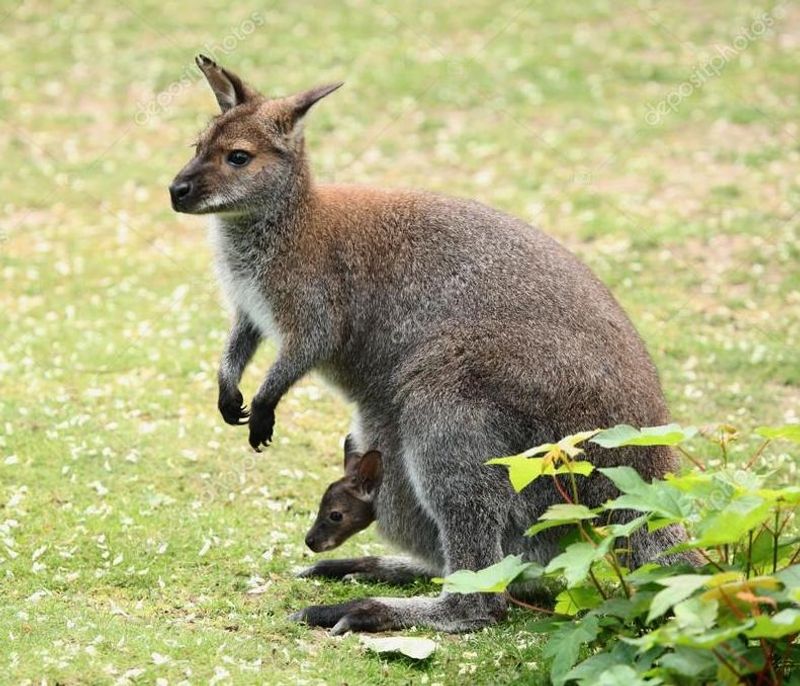
Standing about 3 feet tall, wallabies resemble kangaroos but come in a more manageable package. Their gentle temperament makes them wonderful companions when properly socialized from a young age. Some owners even successfully house-train their wallabies!
Outdoor space is essential, so plan for at least a quarter-acre enclosure with 6-foot fencing (they can jump!). Shelter must protect from extreme temperatures, as wallabies thrive best between 60-85°F.
Wallabies primarily eat grasses and hay, supplemented with specialized wallaby pellets, vegetables, and occasional fruits. Finding an exotic vet before bringing home your bouncing buddy is crucial, as wallabies require specialized medical care including regular parasite prevention and proper pouch checks for females.
6. Savannah Cats
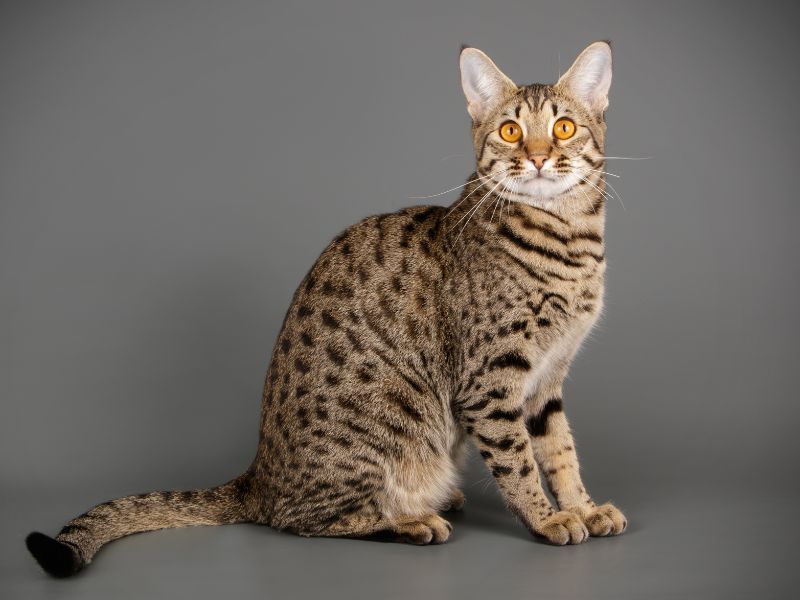
Born from crossing domestic cats with African servals, Savannah cats bring wild elegance into your home without requiring exotic permits in New York (for F4 generation and beyond). Their striking spotted coats, tall lean bodies, and remarkable intelligence make them showstopping companions.
These athletic felines need vertical space, tall cat trees, shelves, and perches satisfy their climbing instincts. Many Savannahs enjoy water play and can even be taught to walk on leashes, making them more dog-like than typical house cats.
Diet should be premium high-protein cat food, potentially supplemented with raw options depending on generation. Early generations require more specialized care. Mentally stimulating toys and puzzle feeders are essential for these brilliant cats who can learn tricks, open doors, and even turn on faucets when bored!
7. Axolotls
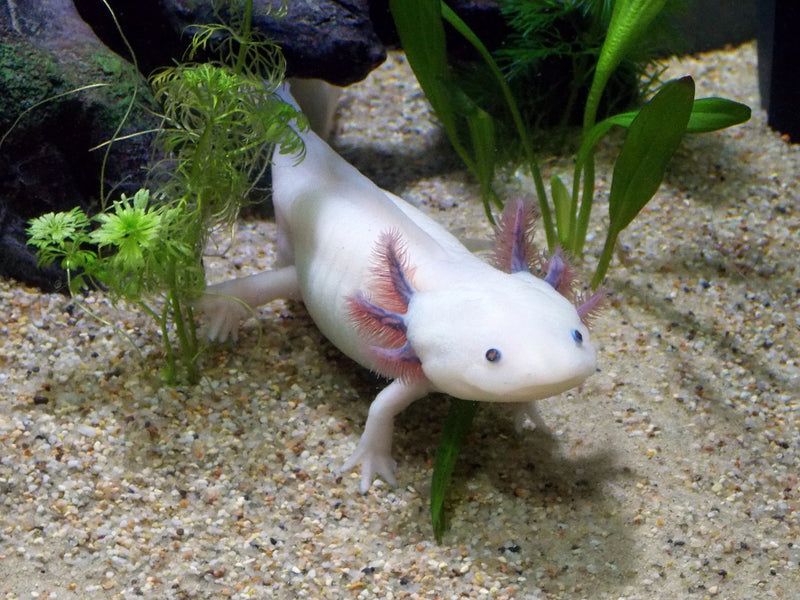
With their perpetual grin and fascinating ability to regenerate limbs, these aquatic salamanders from Mexico make captivating, low-maintenance pets. Axolotls never undergo metamorphosis, remaining in their juvenile aquatic form their entire lives.
Housing requires a 20-gallon tank minimum for one axolotl, with fine sand substrate (coarse gravel can be ingested and cause blockages). Water temperature must stay between 60-68°F (cooler than tropical fish) often necessitating aquarium chillers in warmer months.
These carnivores thrive on a diet of earthworms, blackworms, and specialized axolotl pellets. Though not cuddly in the traditional sense, axolotls can live 10-15 years and recognize their caretakers, making them fascinating long-term companions for the right owner.
